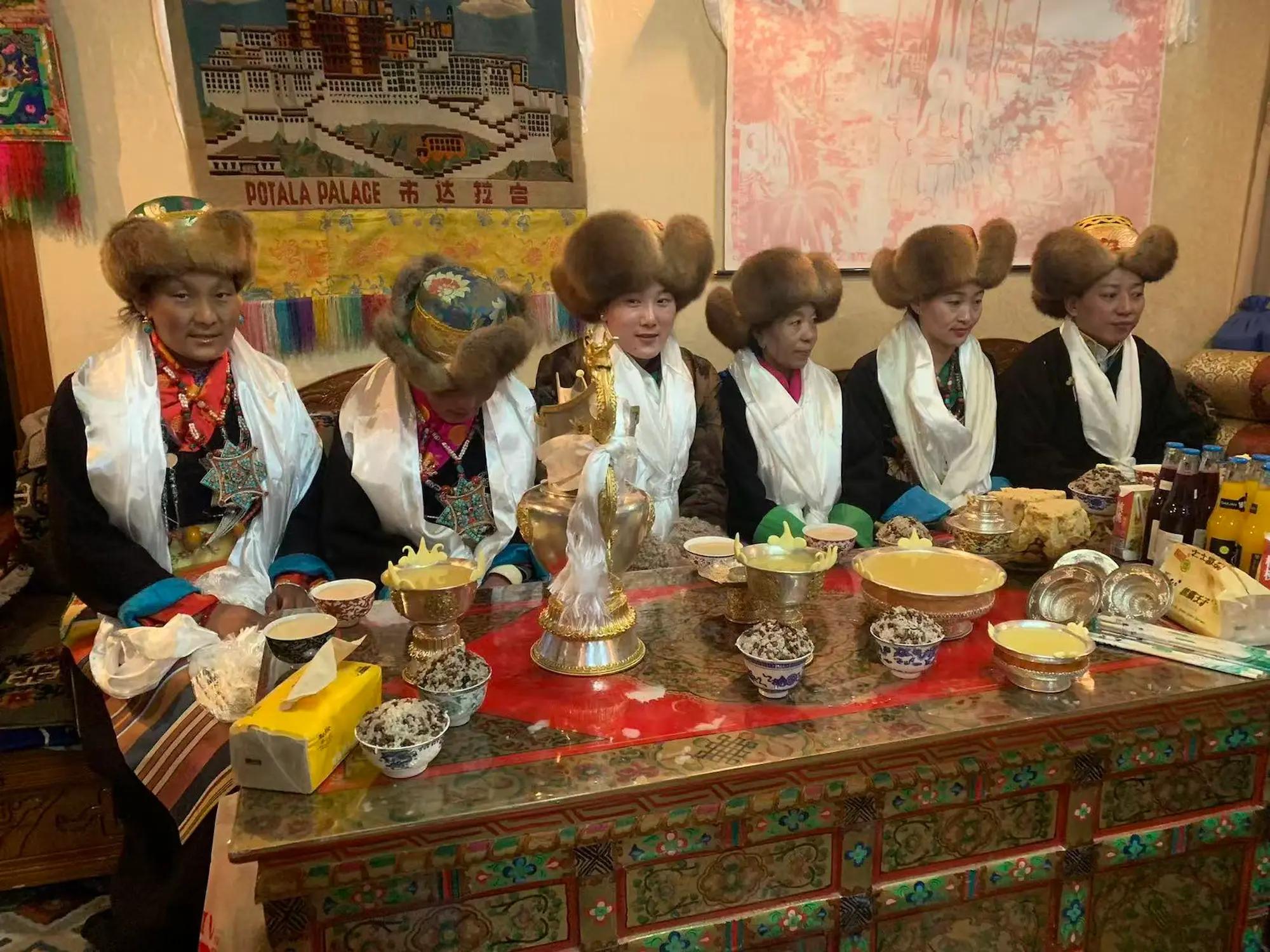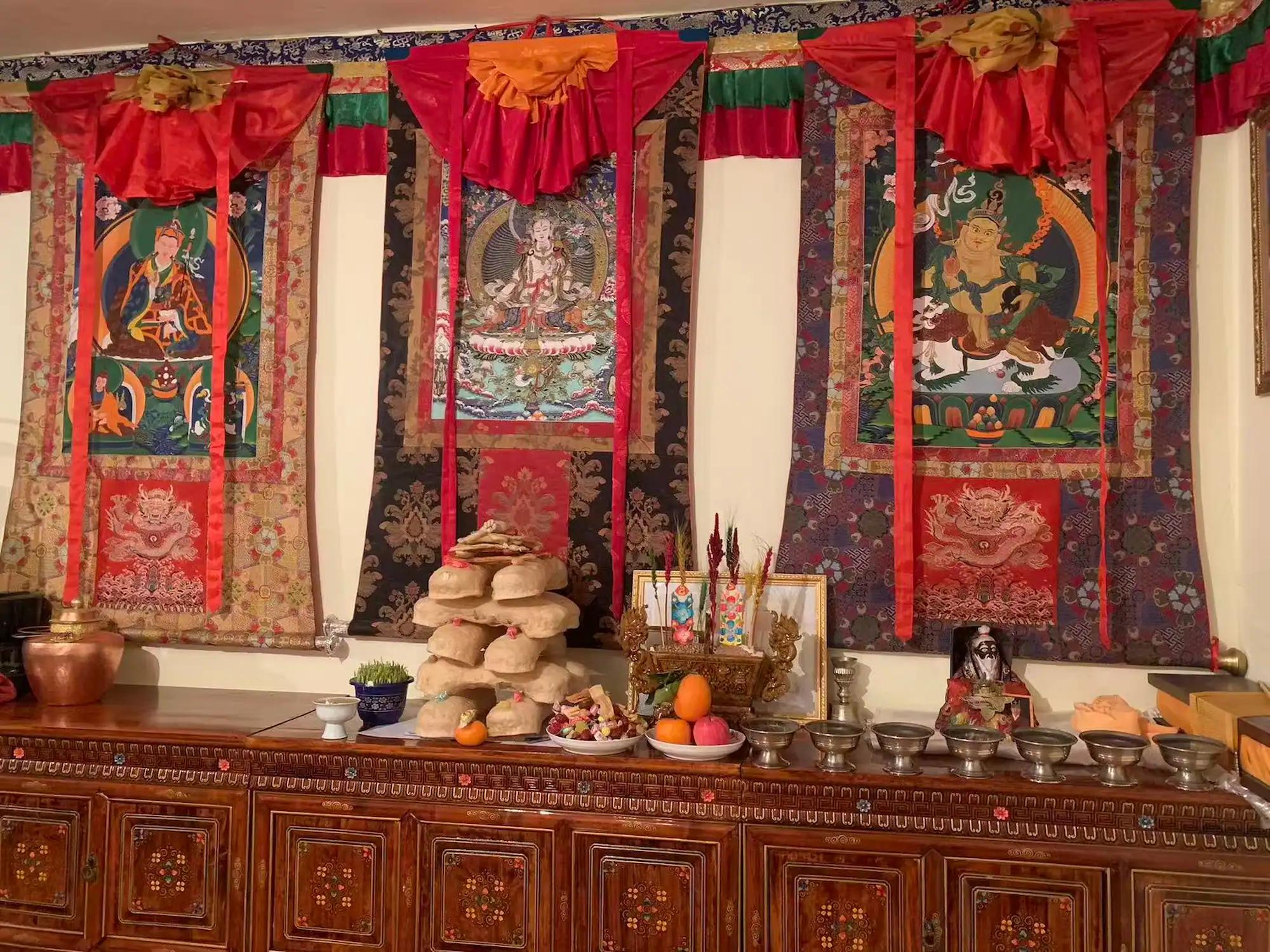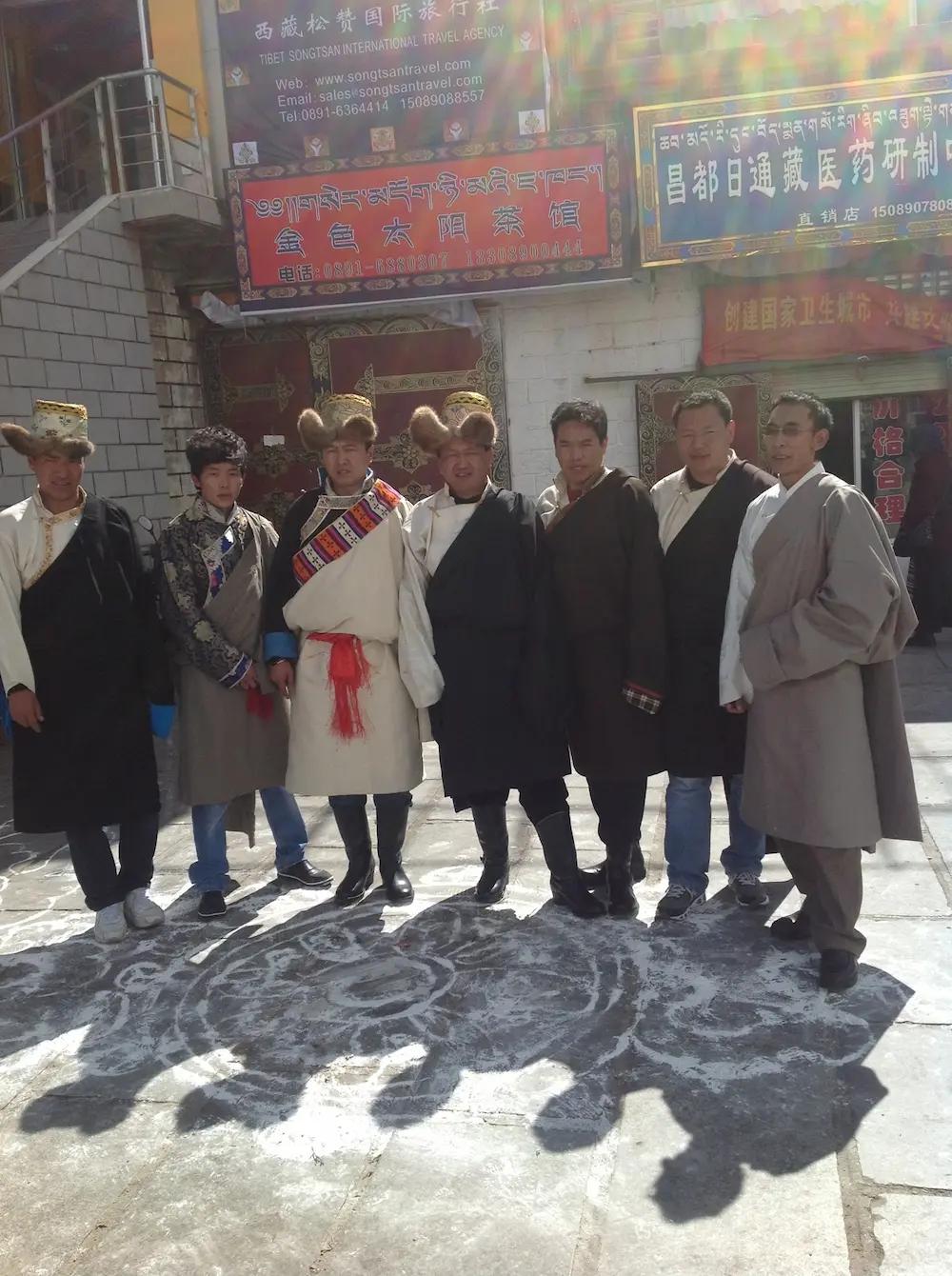Losar is one of the most important celebrations in Tibet. The festival features chanting, fire torches, and lively events, such as the deer dance and playful mock battles between the King and his ministers. Dancing, music, and a joyful atmosphere are at the heart of Losar. The Tibetan word "Losar" means "new year"; "Lo" means "year," and "Sar" means "new" or "fresh."

Because Tibet uses the lunar calendar, Losar typically occurs between late January and early March. In 2026 the New Year will be on February 18th.
The festival lasts about two weeks, so it’s a great time for visitors to experience this special celebration in Tibet.
The festival lasts for 15 days, with the biggest celebrations taking place during the first three days.
People start getting ready for the festival during the last two days of the previous year.
On the first day, Tibetan families clean their homes, especially the kitchen and chimney. They also start cooking special foods.
On the second day, which is New Year’s Eve, they eat a special soup accompanied by small dumplings (the gutok soup). This soup features a combination of meat, wheat, rice, sweet potatoes, yak cheese, peas, green peppers, thin noodles, and radishes.
The dumplings are filled with items such as small pieces of cotton, wood, paper, and pepper. These fillings in dumplings are ways of presenting one’s character playfully. It shows a pure heart when someone gets paper or cotton in their dumplings, and they are talkative when someone gets pepper, etc.
During the festival ceremonies, people will burn a large quantity of incense to appease the local spirits, deities, and protectors.
On New Year's Day, Tibetans rise early, bathe, and dress in new clothes. They place offerings shaped like animals and demons (made from special dough called "torma") at their household shrines.
A beverage called changkol is made from chhaang (a Tibetan cousin of beer). During this day, Families traditionally exchange gifts and enjoy reunion dinners featuring traditional foods like Kapse cake.

On the second day, religious ceremonies take place. People visit local monasteries to worship and offer gifts to monks. Tibetans set off firecrackers to ward off evil spirits.
Throughout the celebration, ancient ceremonies symbolize the eternal struggle between good and evil, featuring chanting, fire torches, and lively performances including deer dances and playful mock battles between kings and ministers.
Dancing, music, and joyful festivities create the heart of Losar.

The final day of Losar is about the Wei Sang ceremony, an ancient ritual that dates back 3,500 years, where pine and cypress branches are burned to create aromatic offerings to the Buddhas and mountain gods. The day also features hanging new prayer flags on rooftops or mountaintops and tsampa into the air, invoking peace and happiness for the new year.
The celebration of Losar traces back to Tibet's pre-Buddhist period when Tibetans followed the Bon religion and held winter spiritual ceremonies, burning incense to appease local spirits and deities.
The festival later evolved into an annual Buddhist celebration during the reign of Pude Gungyal, the ninth King of Tibet.
According to legend, the festival began when an elderly woman named Belma introduced lunar-based time measurement to Tibet.
The original autumn celebration coincided with apricot blossoms. It was during this period that the art of soil was first introduced to Tibet, marking the introduction of agricultural practices to the region. Religious ceremonies started to celebrate these new capabilities, and these celebrations are what is believed to have led to the Losar festival of today.
Joining a Tibetan New Year tour offers visitors an opportunity to celebrate this ancient festival alongside local people, experiencing centuries-old traditions in their authentic setting.